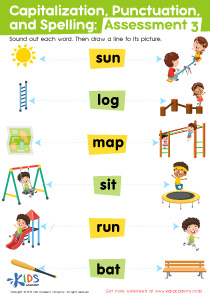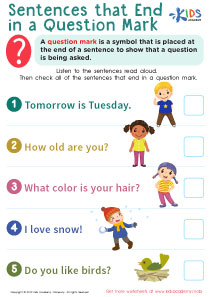Letter recognition Tracing Words Worksheets for Ages 5-9
3 filtered results
-
From - To
Discover our Letter Recognition Tracing Words Worksheets designed for children ages 5-9! These engaging worksheets help young learners master letter recognition and improve their handwriting skills while having fun. Each worksheet features carefully selected words that reinforce letter sounds and recognition, making learning effortless and enjoyable. With colorful illustrations and clear instructions, kids will trace, write, and develop essential literacy skills at their own pace. Perfect for use at home or in the classroom, our worksheets provide a comprehensive resource for early literacy development. Start your child’s journey to reading fluency with our Letter Recognition Tracing Words Worksheets today!
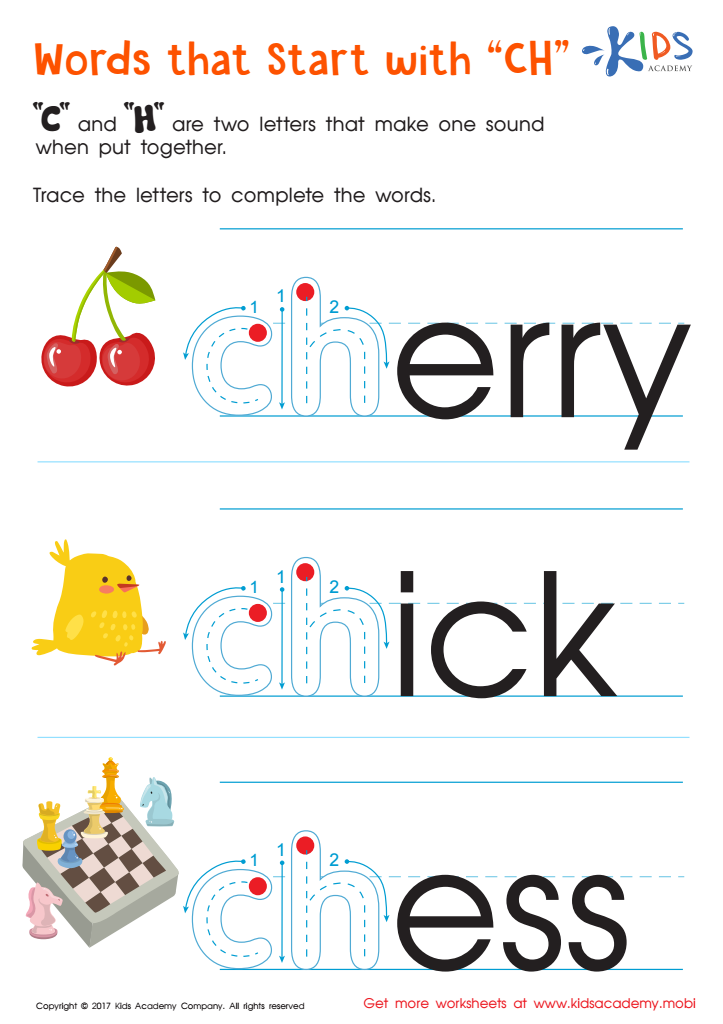

Words That Start with "ch" Spelling Worksheet
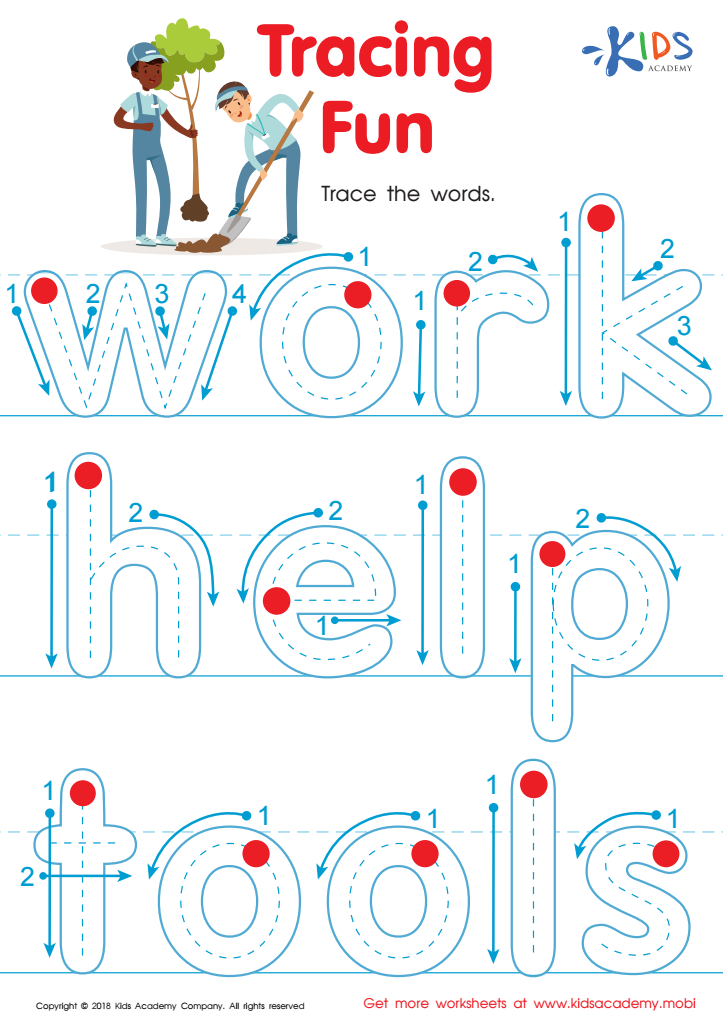

Tracing Fun Worksheet
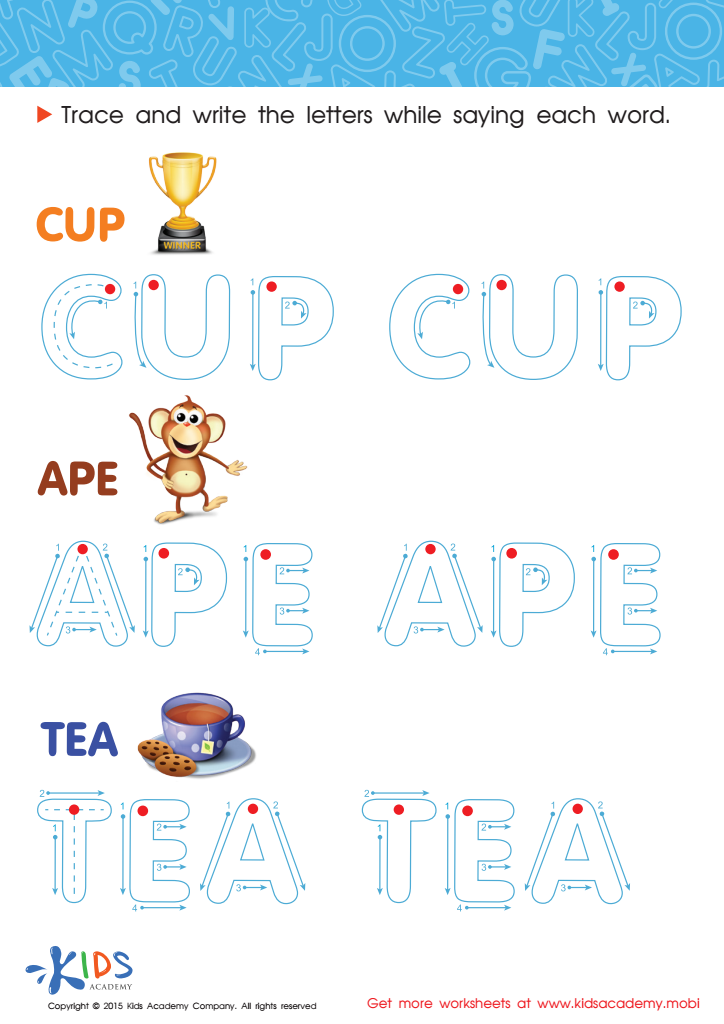

A Cup, an Ape and Tea Spelling Worksheet
Letter recognition and tracing words are foundational skills for children aged 5-9 that significantly impact their literacy development. At this stage, children are beginning to decode and understand the relationship between letters and sounds, which is essential for reading and writing proficiency.
Parents and teachers should prioritize letter recognition activities because they help children identify letters confidently, both in isolation and within words. This recognition is crucial as it enables them to understand how words are formed and spelled, promoting better reading skills. Furthermore, tracing words not only reinforces letter recognition but also improves Fine motor skills. Handwriting practice helps with the physical aspect of writing, ensuring children can express their thoughts clearly on paper.
Engaging in these activities can also ignite a child’s interest in reading by making it enjoyable. Positive reinforcement during these practices fosters confidence, encouraging children to engage with letters and words more enthusiastically. In essence, nurturing letter recognition and tracing during this formative period lays a solid foundation for ongoing literacy learning, setting students up for future academic success and a lifelong love of reading. Parents and teachers are instrumental in guiding children through this pivotal phase of learning, and their involvement can make a significant difference.
 Assign to My Students
Assign to My Students










